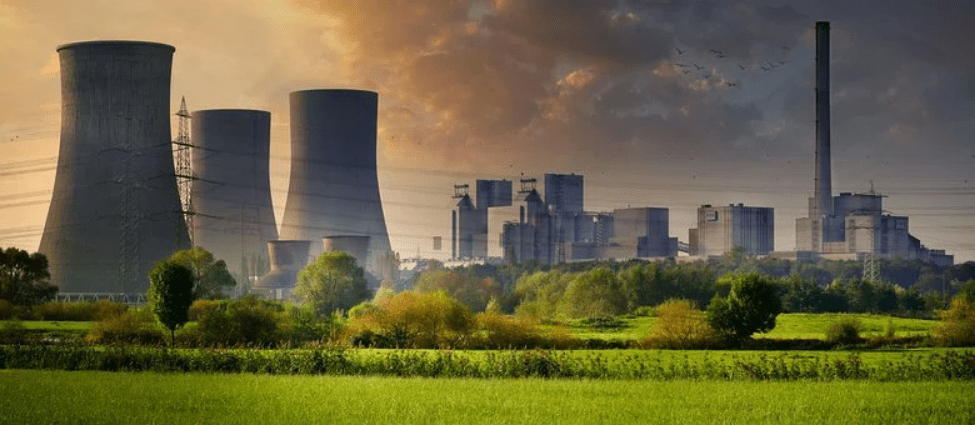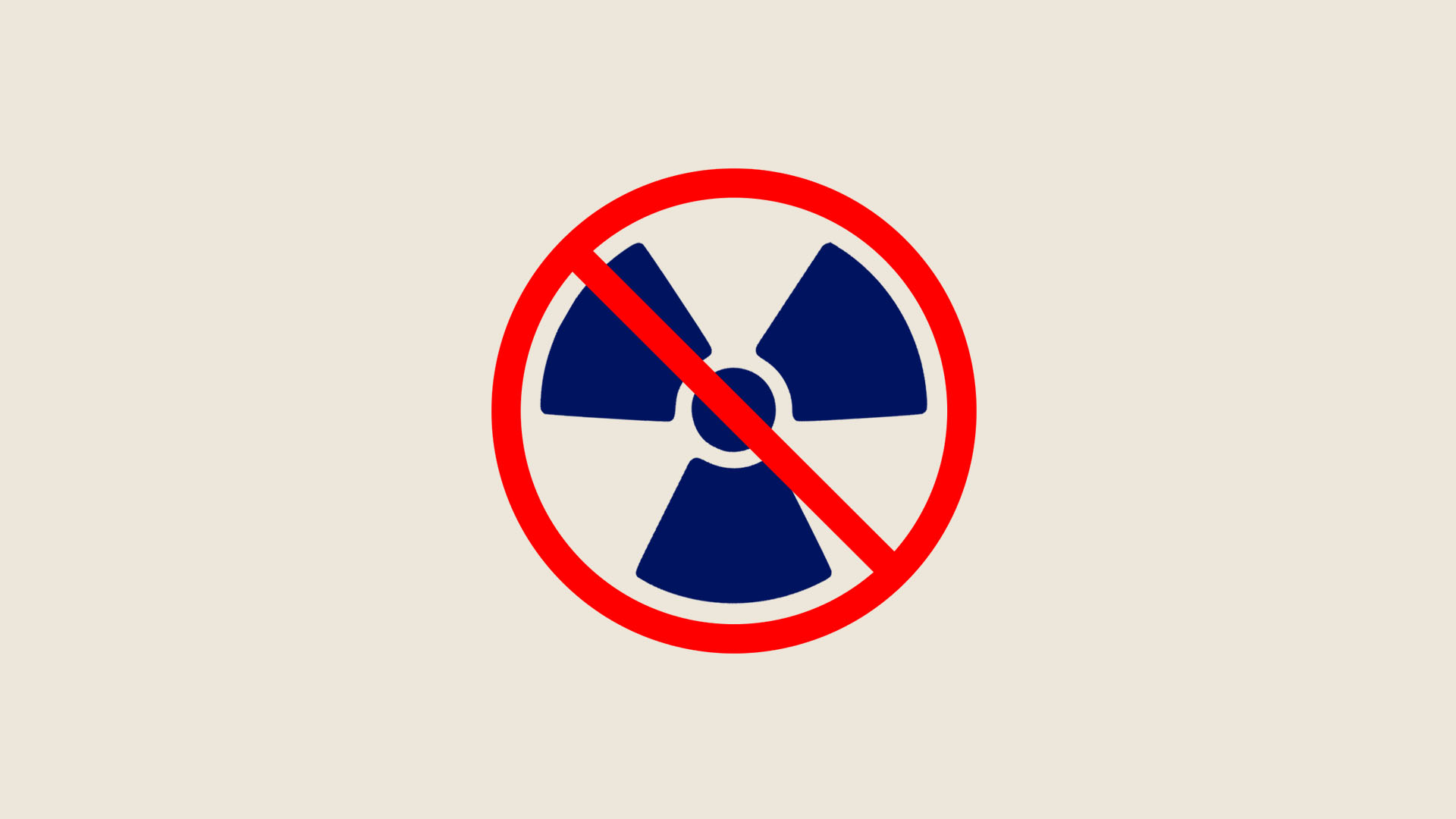Nuclear Safety: The Republic of Korea’s Experience in Eliminating Capacity Deficits
APLN Policy Brief 37
The following is a summary. Click on the adjacent link to download the full brief.
South Korea has maintained a consistent national policy in achieving a stable energy supply by fostering a nuclear power program, with 25 nuclear power plants currently in operation. After the Fukushima disaster, public concerns on nuclear safety have grown and significant efforts were made by government and industry to improve nuclear safety. To ensure regulatory independence, the Nuclear Safety and Security Commission was established and the Nuclear Safety Act was separated from Atomic Energy Act. Special inspections of nuclear power plants were carried out immediately and 50 follow-up actions were identified to improve the safety against severe accidents. An IAEA Integrated Regulatory Review Service team and the World Association of Nuclear Operators were invited to review nuclear safety. With Northeast Asia expected to become the most densely nuclear power plant-populated area in the world, effective international cooperation in this region is required in order to entrench strong nuclear safety standards and build a resilient safety culture with effective emergency preparedness.
About the Author




